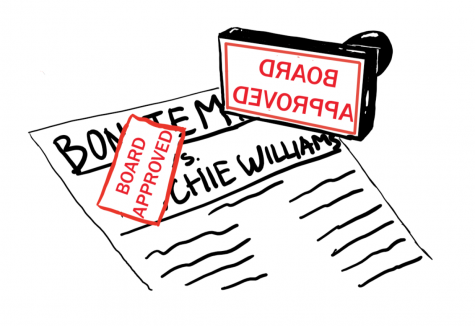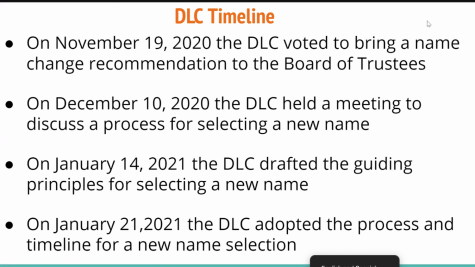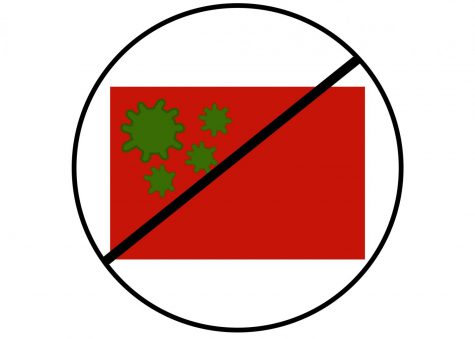A recycling retrospective and its status at Drake
Ben Franklin once said, “The only certainties in life are death and taxes.” Now it seems plastic is a close third. Following plastic’s exponential rise, it’s important to look back on the history of the industry and consider its place at Drake.
The history of plastic started with the first synthesized polymer in 1907. It was mainly used for combs and faux ivory, and it was made less brittle as the decades progressed. The refinement of their products and the post World War II consumer culture was a perfect storm for the plastic industry, in particular for the bottle market, which previously used glass bottles.
“Whereas glass, you melt it down and make something, melt it down and make something […] back in the day, they used to collect bottles from the store and sterilize them [many] times until the label wore off,” said Ms. Fox, the environmental science teacher for SEA-DISC.
Before this, Americans would return their used bottles to the place it was sold. By returning the bottles, it restricted the amount of consumption of average Americans. But in a 1950s plastic conference, it was declared that the industry’s future was in the garbage bin.
Local governments tried to combat these new wasteful products with state laws, in particular, broken bottles in Vermont grazing fields, but the corporations responded with Keep America Beautiful. The non-profit organization put the blame of littering on the American people, not the companies who supply the plastic containers.
Keep America Beautiful flipped the script from the waste epidemic is a product of manufacture to the fault of the consumers, via propaganda-like ads showing before and after pictures of family picnics, with the park covered in litter when they left.
Their most famous production was the ‘Crying Indian’ commercial. The ad starred a Native American canoeing down waste-filled stream and ended with him at a noisy freeway with trash thrown at his feet. Ironically, the actor playing the Native American was Espera Oscar de Corti, an Italian-American.
To combat the excessive waste of plastic, the Society of the Plastics Industry (SPI) instituted SPI codes in the 1980s. The SPI codes took the form of the triangles with numbers that are on almost every plastic item. These codes ranged from plastic bottles to CDs and nylon. Most of these plastics are recyclable, with the notable exception of styrofoam (SPI 6).
The most important thing to remember is to separate all recyclables from trash and compost. China rejected Western Nations’ recycling on the ground of excessive contamination in a State initiative called National Sword. This is creating a strain on US sanitary services, as there is nowhere to export the recycling, creating a plastics and recycling logjam.
As “With China, [Marin Sanitary Services] can’t even sell the number 1 and 2 [plastics] that they should be able to sell. We’ve used China for so long, we didn’t have many of own factories, so now it’s costing them money to take it in,” said Fox.
Sorting at Drake is now necessary to prevent combination and to make sure the plastics aren’t put in the trash. SEA-DISC and school administrators are publicizing how to recycle, including an increased number of recycling bins. This program has garnered support from the Marin Sanitary Services and Vice Mayor of San Anselmo Renee Goddard.
Although the national wide recycling crisis is too much for one high school to solve, it’s important to do our part. This can be done by remembering to reduce and reuse, being conscious and considerate of the impact of waste on the environment.








